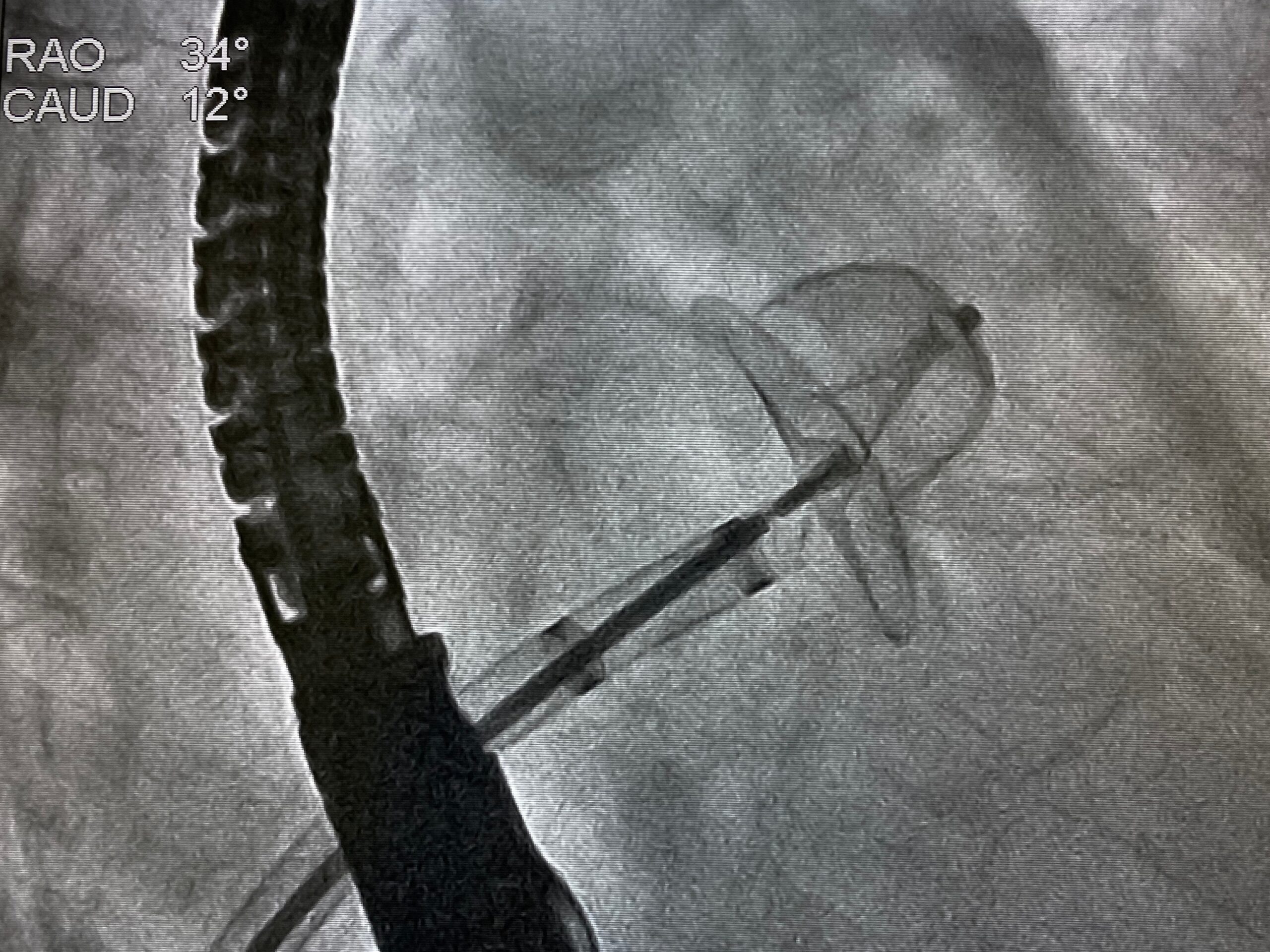
Investigators, led by Beom Joon Kim, found that “transcatheter closure of atrial septal defect can be performed safely and effectively” without the use of the conventional balloon-sizing technique. Moreover, the long-term outcomes of the procedure were similar to outcomes of the conventional balloon-sizing method, according to the study, which appeared in The Heart Surgery Forum.
The randomized controlled trial included 124 patients with isolated atrial septal defects who underwent closure without balloon sizing between 2012 and 2016, as well as 257 patients as a control. The primary measures of the trial, short- and long-term procedural outcomes, were compared between the study and control groups.
In the article, the researchers reported a procedural success rate of 96.7% with no mortalities. Furthermore, “no embolization or cardiac erosions were observed; however, one patient experienced residual shunt, and another developed progressed mitral regurgitation during the follow-up period (983 ± 682 days).” One patient in the study group developed new-onset persistent atrial fibrillation (AFib), while two patients in the control group developed AFib. Otherwise, the authors observed “no significant differences in procedures or follow-up between the study and control groups.” Atrial arrhythmias were more frequent in the control group, but the difference was not significant, according to the authors.
Overall, Kim and colleagues supported that transcatheter closure of atrial septal defect procedures “can be performed safely and effectively” without the conventional balloon-sizing technique.







 © 2025 Mashup Media, LLC, a Formedics Property. All Rights Reserved.
© 2025 Mashup Media, LLC, a Formedics Property. All Rights Reserved.